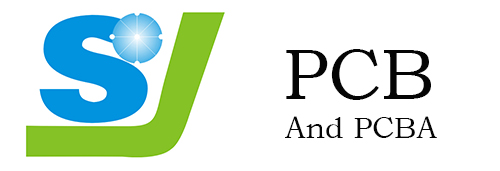Types of PCB layers
PCB Layer Count PCB structure refers to the number of different layers or layers that will carry signals. The layer type indicates the type of signal that will propagate along the layer. Each signal layer or PCB layer consists of a dielectric material with a copper surface. Most layers have etch marks. However, the copper surface can also be a solid plane for grounding or energization. In general, signal types can be classified as high frequency, low frequency, power, or ground. Depending on the signal type, the dielectric and copper may have different design requirements.
PCB layer type design requirements
The main material considerations for PCB layers are dielectric and copper. Dielectric materials provide isolation between different signal types on adjacent layers. This is also the main factor that determines the resistivity of the circuit board. The surface copper of this layer defines the trace current capacity, resistance and losses. The weight or thickness of the copper is used to ensure sufficient current flow. Closely related to copper's heaviness are trace widths and lengths, which specify the physical space of each signal path. For high-frequency AC signals, trace matching (length and width) is important for signal integrity, while for power and ground signals, minimizing losses (corresponding to shorter traces) is important. The table below summarizes the design requirements that should be considered when designing the PCB layers.



